Scientist-led conferences at Harvard, Stanford and MIT
-
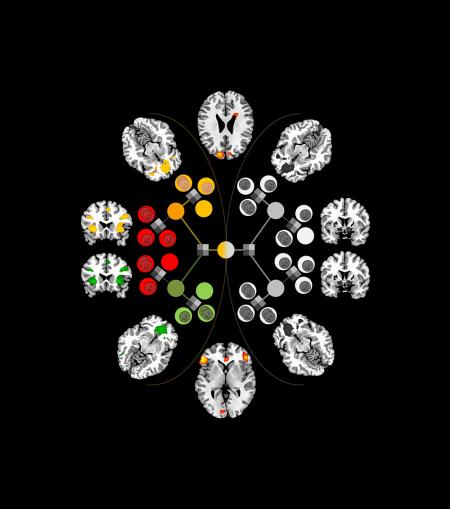
Computational modeling and fMRI show the roles of brain regions in behavioral control
https://www.cell.com/neuron/abstract/S0896-6273(13)01125-2 John O’Doherty of the Caltech Brain Imaging Center has pinpointed areas of the brain—the inferior lateral prefrontal cortex and frontopolar cortex—that seem to serve as the “arbitrator” between model-based and model-free decision-making systems, weighing the reliability of the predictions each makes and then allocating control accordingly. Professor O’Doherty believes that this can lead to better…
-

Non-invasive, nanoparticle method for identifying atherosclerosis plaques
http://pubs.acs.org/doi/abs/10.1021/nl404816m Case Western‘s Michael Bruckman and colleagues have developed a multifunctional nanoparticle that pinpoints blood vessel plaques caused by atherosclerosis using MRI. The goal is to create a non-invasive method of identifying heart attack and stroke causing plaques vulnerable to rupture, in time for treatment. Currently doctors can only identify narrowing blood vessels caused by plaque…
-
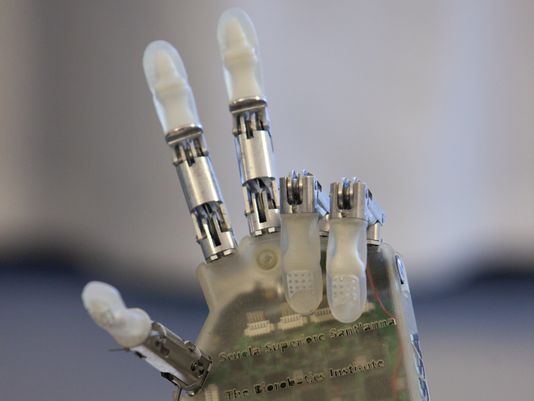
Trial: Improved sense of touch and control in prosthetic hand
http://stm.sciencemag.org/content/6/222/222ra19 In the ongoing effort to improve the dexterity of prosthetics, a recent trial showed an improved sense of touch and control over a prosthetic hand. EPFL professor Silvestro Micera and colleagues surgically attached electrodes from a robotic hand to a volunteer’s median and ulnar nerves. Those nerves carry sensations that correspond with the volunteer’s index finger and…
-
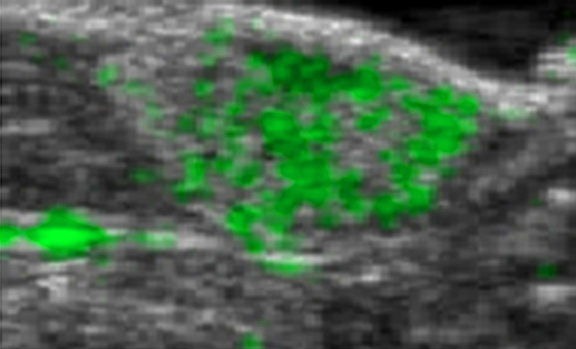
Ultrasound combined with contrasting agent for radiation-free tumor detection
http://www.plosone.org/article/info%3Adoi%2F10.1371%2Fjournal.pone.0086642 University of North Carolina Professor Nancy Klauber-Demore has improved the resolution and tumor-detecting ability of ultrasound scans. Combining ultrasound with a contrast agent composed of tiny bubbles that pair with an antibody that many cancer cells produce at higher levels than do normal cells, Klauber-Demore was able to visualize lesions created by angiosarcoma. By binding to…
-

Nobel-worthy stem cell discovery
http://www.nature.com/news/acid-bath-offers-easy-path-to-stem-cells-1.14600 Haruko Obokata and colleagues at the RIKEN Center for Developmental Biology have created embryonic stem cells from a single blood cell by putting white blood cells from a baby mouse in a mild acid solution. Eventually a few stem cells emerge that can turn into any other cell in the body including skin, heart, liver or neurons.…
-

Fluorescent tags allow researchers to observe molecules becoming memories
https://www.einstein.yu.edu/news/releases/968/watching-molecules-morph-into-memories/ Albert Einstein College of Medicine researchers have used advanced imaging techniques to observe memory making molecules travel in real time in living brain cells. To look deeply into neurons without harming them, the researchers developed a mouse model in which they fluorescently tagged all molecules of messenger RNA that code for beta-actin protein – an…
-

Smart holograms diagnose and monitor medical conditions
http://www.cam.ac.uk/research/news/holographic-diagnostics-0 Cambridge researchers are developing responsive, color-changing diagnostic holograms. Silver nanoparticles are formed into three dimensional holograms of predetermined shapes in a fraction of a second using a single laser pulse. They will be used for portable medical tests and devices, to monitor diabetes, cardiac function, infections, electrolyte or hormone imbalance easily,inexpensively, and non-invasively. The…
-

Neurofeedback alters brain plasticity in PTSD
1. Tel Aviv University paper 2. Schulich School of Medicine paper Professor Ruth Lanius and colleagues at Western University’s Schulich School of Medicine have published a study showing that neurofeedback can improve subjective wellbeing in PTSD, potentially leading to new treatment options. Schulich researchers claim that this is “the first study to show that key brain networks involved in…
-
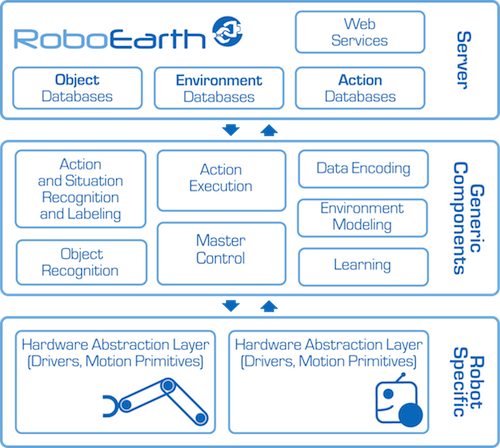
Collaborative cloud system for human-serving robots
http://www.roboearth.org/what-is-roboearth RoboEarth’s goal is to speed the development of human-serving robots. Scientists from five European universities gathered this week for its launch and demonstrated potential applications. This included a robot scanning a room’s physical layout, including the location of the patient’s bed, and the placing a carton of milk on a nearby table. The system is…
-

Miniature 3D sensor maps surgical field; scope small enough for use in neurosurgery
http://www.visionsense.com/hp.html Visionsense’s miniature 3D sensor optically maps the surgical field, based on (and imitating) the eye of a bee. A single sensor is divided into hundreds of thousands of tiny “eyes” looking in different directions, using an array of micron-sized elements. The elemental information is translated into left and right eye images, resulting in a…
-
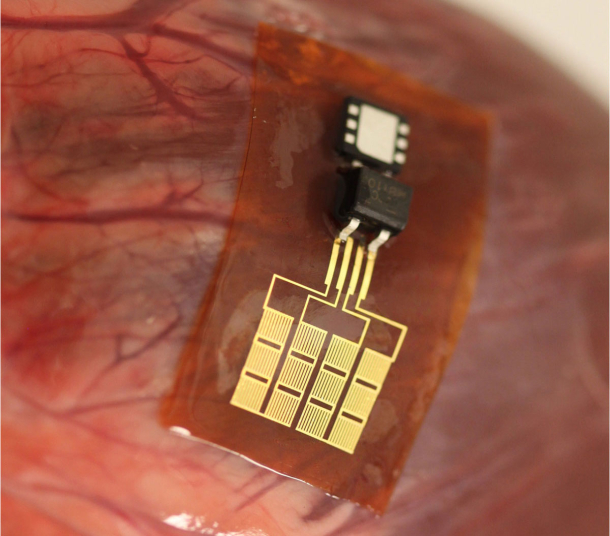
Piezoelectric nanoribbons power pacemakers
http://news.cnet.com/8301-11386_3-57617483-76/nanoribbons-let-beating-hearts-power-their-own-pacemakers/ Scientists are studying various steady energy source alternatives for small biomedical sensors, including piezoelectric power. University of Illinois researchers have attached small, flexible strips (piezoelectric nanoribbons) to internal organs of animals, and harvested energy from their movement to power pacemakers and other medical devices. Current practice depends on hard-to-change batteries. This is a minimally invasive power source,…
-
Brain processes images viewed for 13 milliseconds
http://web.mit.edu/newsoffice/2014/in-the-blink-of-an-eye-0116.html MIT professor Mary Potter has published a study showing that the human brain is capable of processing images viewed through the eyes for 13 milliseconds. This is significantly faster than the 100 milliseconds reported in earlier research. The study offers evidence that “feedforward processing” — the flow of information in only one direction, from retina through…
Got any book recommendations?